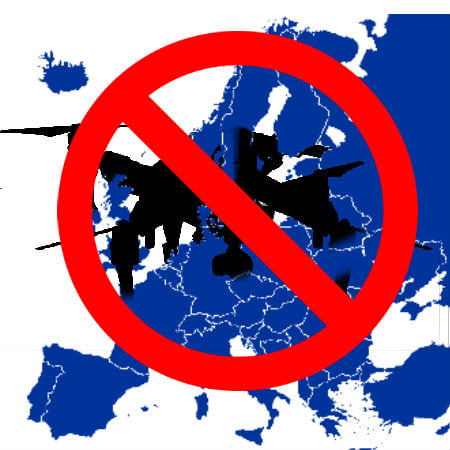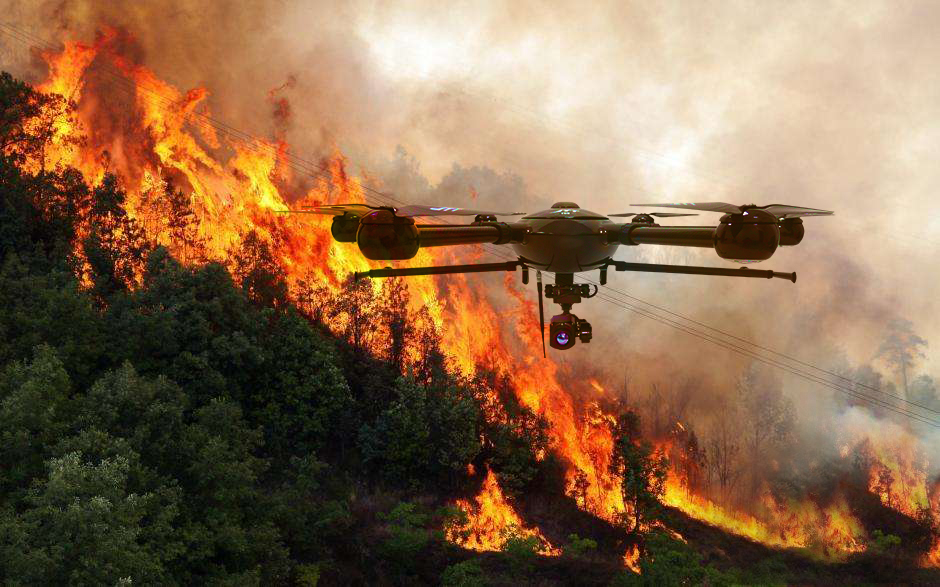
In an effort to aid the enforcement of the no-fly drone zone, DJI, the world’s largest commercial drone maker, has made a public announcement that it is planning to release new software to automatically restrict its drones from flying near restricted areas in Europe and the USA. This development of no-fly software, if successful, will bring a great deal of relief to lawmakers and stakeholders in the aviation industry.
Development of No-Fly Software Tech
Once the proposed development of the no-fly software is accomplished, the drones will no longer be able to fly near wildfires, prisons, power plants, near professional sporting events, or areas the president of the Unites States is visiting. The Chinese drone manufacturer has already been using this geo-fencing technology for nearly two years to restrict drones from flying near airports and Tiananmen Square.
As planned, all DJI drones will have the software installed by default. In reality, this means that drones will not be able to enter into, take off, or land in restricted areas. The software will automatically receive new update on new information on restrictions, meaning drones will be able to respond to changing environments such as areas of natural disasters or one-off sporting events.
Scroll down for video

Drones Etc
Though it was said that users can bypass the system, but that will only happen if they’re a ‘verified user’ and was able to provide DJI with payment and contact details. However, the system cannot be bypassed in areas relating to national security, such as Washington DC.
In a similar manner, another drone company, 3DR, recently unveiled a similar geo-fencing technology. This new tech is likely to alleviate fears that drones could be used for criminal purposes. For instance, a drone was caught recently carrying drugs to a prison ground in Manchester. In the US, companies such as DJI have also been under scrutiny from the Federal Aviation Administration (FAA) in the past in an effort to guarantee safety of lives and properties.
The geo-fencing software is also capable of discouraging people from using DJI drones to film live sporting events. Last September, Nigel Wilson, 42, from Bingham, Nottinghamshire, was fined US$2,327 for flying his drone over a number of high-profile football matches.
According to Schulman, the major upgrade has the capacity to help operators understand their local flight environment and to make smart decisions concerning where and when to fly their drones.
“We believe this major upgrade to our geo-fencing system will do even more to help operators understand their local flight environment and to make smart, educated decisions about when and where to fly their drones,” says the DJI’s president of policy and legal affairs, Brendan Schulman.
It is the believe that once such technology advancement is accomplished, the drones will no longer be able to fly near wildfires, prisons, power plants, near professional sporting events, or the places the US president goes to, ascertaining safety of lives and properties.

sunnewsreport.com
Watch the video below